Breaking boundaries
Sling TSi is a turbocharged, efficient four-seater
I’m in the left seat of a Sling TSi, a four-seat kit airplane made in South Africa, and it’s the first time I’ve flown behind a turbocharged Rotax 915 engine. During the first 30 minutes of flight my companions have suffered through a series of stalls, steep turns, lazy eights, and slow flight while I got acquainted with this sporty but stable aircraft—and now one of them has suggested a change of pace.
“Let’s make a speed run,” says Matt Liknaitzky, a partner in The Airplane Factory, the U.S. arm of a company that markets, sells, supports, and offers flight training and builder assistance for Sling aircraft in nearby Torrance, California. “Go ahead and open the throttle.”
I glance to the back seat where Wayne Toddun, the builder and owner of this airplane, is seated, and he nods approval. I’ve flown behind enough turbocharged and supercharged engines to know that they usually require kid-glove treatment, so I’m reluctant to slam the throttle forward out of concern the engine will exceed pressure or temperature limits. I’m still scanning the engine monitor and gingerly nudging the throttle forward when Liknaitzky assures me there’s no reason to wait.
“Treat this engine as if it were normally aspirated,” he says. “You can’t overboost it because the internal FADEC [full authority digital engine control] system won’t let you.”
We’re in smooth air at 7,500 feet, and I program the autopilot to maintain heading and altitude. I advance the throttle to its forward limit and watch as the manifold pressure reaches 48 inches with engine rpm at 5,400. (Propeller rpm is about 2,300 because of a gear reduction drive.)
The engine seems unperturbed by the high power setting, and it goes on producing smooth, relatively quiet propulsion as the airplane accelerates. The turbo system is designed to produce full sea-level manifold pressure all the way up to 15,000 feet.
The engine was consuming up to 12 gallons of fuel per hour during the full-power climb after takeoff as the automated mixture control kept the fuel/air ratio rich above 97 percent power, so I reduce engine power to 38 manifold inches, where it automatically enters lean-of-peak “eco” mode. Fuel consumption drops to 8 gallons per hour, while true airspeed settles at 152 KTAS (132 KIAS).
A few minutes later, I reduce manifold pressure again, this time to 35 inches, and fuel consumption falls to 7 gallons per hour while airspeed drops 5 knots to 147 KTAS (128 KIAS).
I had wondered before takeoff whether the 141-horsepower Rotax engine was powerful enough to lift the Sling TSi, three larger-than-FAA-standard adults, and full tanks (46 gallons) on a 70-degree Fahrenheit day, but—with an assist from a three-blade, constant-speed prop—it did so with alacrity. The Sling TSi also had enough range and endurance to continue nonstop to Cabo San Lucas at the tip of the Baja peninsula, or Seattle.
We ended up choosing our starting point of Torrance, however, a mere 15 miles away.
Managing turbocharged engines during descent can be tricky as there are many parameters to keep in balance. But the semi-liquid-cooled Rotax simplifies descents, too.
“Just pull the power and point the nose at the airport,” Liknaitzky said. “There’s no need to worry about CHT, EGT, TIT, or any other measure of engine health because the computer does it for you.”
Extreme tests
The Airplane Factory in Johannesburg, South Africa, has been producing Light Sport aircraft since 2008—and when founder Mike Blyth and his partners come up with new designs, they put them to extreme tests.
In 2009, for example, Blyth and another pilot flew a two-seat Sling 2 LSA from South Africa to EAA AirVenture at Oshkosh, Wisconsin, then continued westbound all the way around the world. When the company introduced a stretched, turbocharged, four-seat Sling 4, it made another Earth-rounding journey (eastbound this time), which included a marathon 27-hour leg from Rio De Janeiro, Brazil, to Johannesburg.
The Sling TSi is an aerodynamically cleaner and structurally beefier version of the Sling 4, and the TSi uses the bigger, more powerful Rotax 915 instead of a 115-horsepower Rotax 914. Aerodynamic improvements include a thinner airfoil; flush riveting on the forward portions of the wings, tail, and fuselage; sleek wheel fairings, and a reinforced windshield and canopy.
Sling aircraft can be purchased as complete airplanes made at the factory and licensed under FAA Experimental/Exhibition rules. More often, however, buyers assemble them from kits under U.S. Experimental/Amateur-Built regulations. The company also offers builder assistance at several U.S. locations, and it is developing another program in which U.S. pilots travel to the 140-employee factory in South Africa to assemble their airplanes there. The Sling TSi flown for this report was made in South Africa with builder assistance.
About 50 Sling aircraft are registered and flying in the United States and the company has sold a half-dozen TSi versions since unveiling them at EAA AirVenture in 2018.
Obedient and conventional
At first blush, the Sling TSi looks too small to be an actual four-seat aircraft. Its external dimensions are Lilliputian compared to a Cirrus SR22, for example, or a Cessna 182 Skylane. But the TSi cockpit is 44 inches wide at the shoulder, two inches wider than a Skylane, and rear-seat legroom is more than adequate for average-size adults.
The TSi’s angular cowling is meant both to minimize drag and provide cooling for the turbocharged engine, and a huge air scoop on the right side of the cowl directs outside air through an intercooler.
The composite prop is adjustable in flight through an electric governor. The pilot selects the fine-pitch Takeoff position and can leave it there for up to five minutes at full power. Switching to the Climb position reduces rpm to the maximum continuous setting. A Cruise setting further reduces rpm and cabin noise, and improves fuel efficiency. There’s also a Feather position to extend engine-out glides, as well as Manual and Automatic positions.
A ballistic airframe parachute is located directly behind the cockpit, and it’s actuated by a red T-handle on the instrument panel.
Control surfaces are mass balanced for harmony and flutter resistance, and actuated via push-pull tubes. An elevator trim tab is adjusted via an electric hat switch on the floor-mounted control stick.
A heated pitot tube is located under the left wing. Fowler flaps are electrically controlled through 30 degrees of travel, and the manufacturer recommends 10 degrees for normal takeoffs.
Two gull-wing doors provide access to the left and right sides of the cockpit, and getting into either front seat requires stepping onto the seat cushion, then lowering yourself down and sliding your feet to the floor. The seating position is upright with a tall, adjustable seatback and headrest.
The all-Garmin digital IFR instrument panel in the demonstrator contains a pair of 10-inch G3X touchscreen primary flight display/multifunction displays, a GNS 650 nav/com, autopilot, and a G5 electronic flight instrument. The throttle and fuel selector are located between the front seats, as is the hand brake.
The TSi eschews traditional toe brakes in favor of a single, hydraulic hand brake the company says is simpler to install, easy to service, and prevents pilots from inadvertently applying brakes during takeoff and landing. Personally, I’m so accustomed to toe brakes that I find anything else unnatural. But I quickly adjusted to the hand brake during the introductory flight and didn’t find it objectionable.
Engine start was standard for a Rotax, which goes through a self-diagnostic process before coming to life, and runup involves another series of automated engine tests. For takeoff, set the prop to fine pitch, release the brake, push the throttle full forward, and the rudder is instantly effective. Acceleration is steady, and I apply light back-pressure at 45 KIAS to lighten the nosewheel.
With two 180-pound pilots in front, a 210-pound passenger, and full fuel, the airplane lifts off at 65 KIAS after a ground roll of about 900 feet. It accelerates to 80 KIAS in a 10-degree nose-up attitude, then 90 KIAS at pattern altitude when flaps are retracted. A 100-knot cruise climb results in an 800-fpm rate of climb.
Stick forces are moderate and well harmonized, and the airplane feels somewhat larger than its actual size. Rudder forces are moderate, and centering the slip/skid indicator requires little more than resting your right foot on the pedal during climb.
There’s virtually no adverse yaw, and full aileron deflection results in a lively roll rate of about 60 degrees per second.
During slow flight with flaps up, an aural stall warning chirps at about 65 KIAS, and it reaches a steady tone as the airplane decelerates to 60 KIAS. A light aerodynamic rumble precedes a stall break accompanied by a slight right wing drop at 56 KIAS. Stalls with full flaps are similar except the stall takes place at 51 KIAS and the break is crisper. Recovery is conventional and almost instantaneous as soon as the pilot lowers the angle of attack and adds engine power.
The TSi is aerodynamically clean, and that shows during high-power cruise and especially during descent. At 7,500 feet, for example, full engine power pushes the airspeed indicator well into the yellow arc, and descending with power can exceed the TSi’s 145-knot VNE. Fortunately, a pilot making an unusually steep approach can sharply reduce engine power and/or increase prop rpm to the fine pitch setting for aerodynamic braking without harming the partially liquid-cooled Rotax engine.
In the traffic pattern, the TSi is obedient and conventional. Even with our relatively heavy load, a 75-knot approach speed slowing to 70 on short final with full flaps provided a manageable descent rate, and sufficient energy to flare at idle power. Several landings in a light, quartering headwind produce ground rolls of about 800 feet with light braking.
Talented and restless
A great deal of effort is going into loosening burdensome weight restrictions and other limitations currently placed on Light Sport aircraft—and if those efforts are ultimately successful, Sling could be a major beneficiary.
But whether or not those desired regulatory changes happen, the TSi is an extremely capable adventure machine today. Some owners have installed fold-down back seats that allow golf clubs, fishing rods, even surfboards to fit easily—and that makes sense for an airplane with such impressive speed, range, and flight efficiency.
The people behind the Sling are a talented and restless bunch. They’re already running a flight school (using Sling 2s), creating a flight simulator, and putting together a leasing program for IFR-equipped LSA trainers.
They recognize that sporty, rugged, fuel-efficient airplanes that run on unleaded fuel are a compelling value to flight schools and individual owners—and the company is coming up with some creative ways to get them into people’s hangars.
Want to go on an African safari and build your own airplane?
Sling can say yes to that.
Email [email protected]

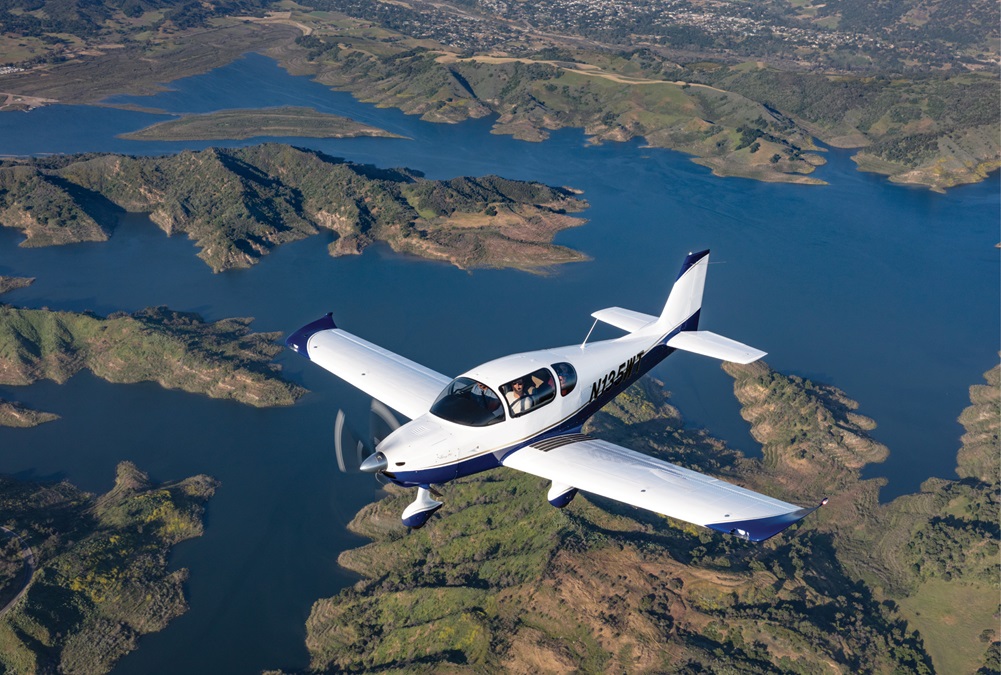
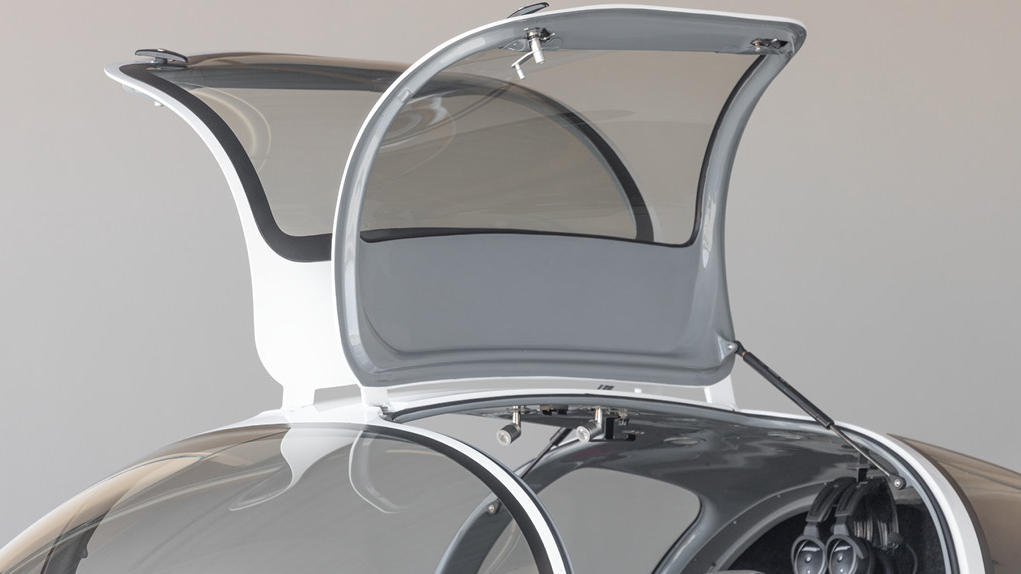
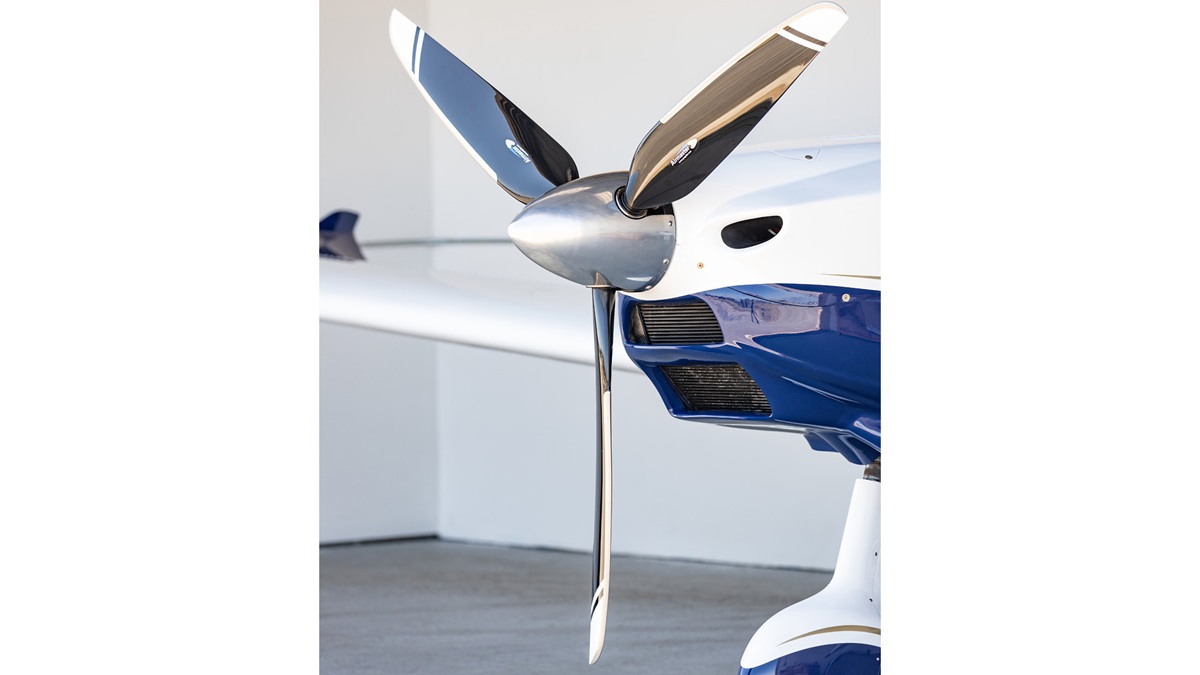
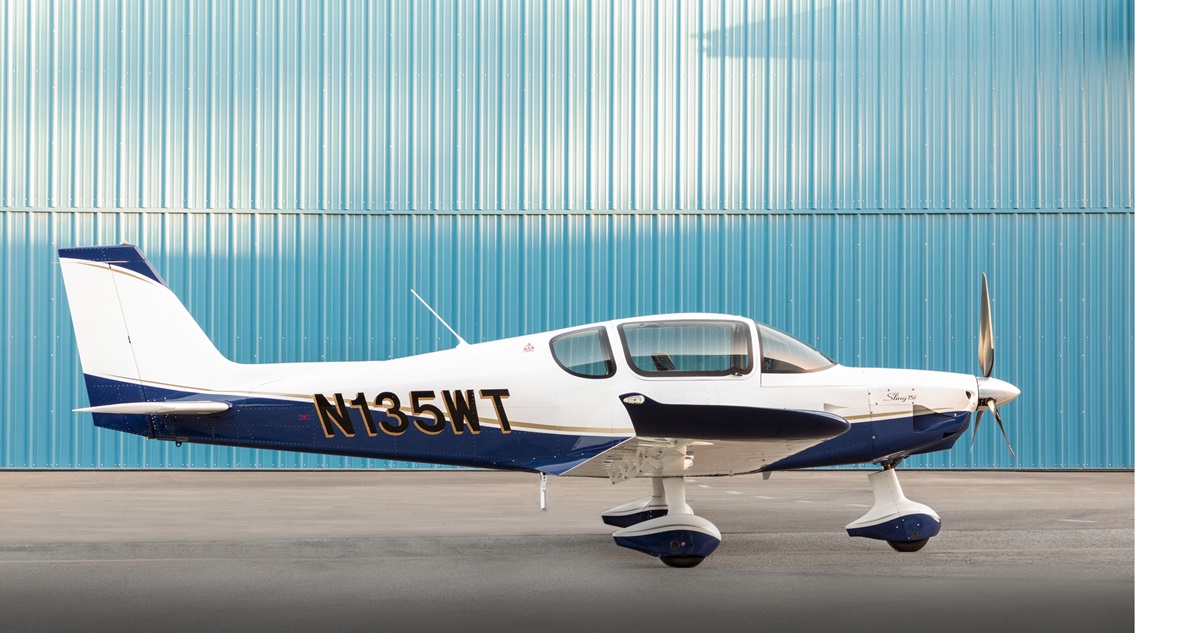
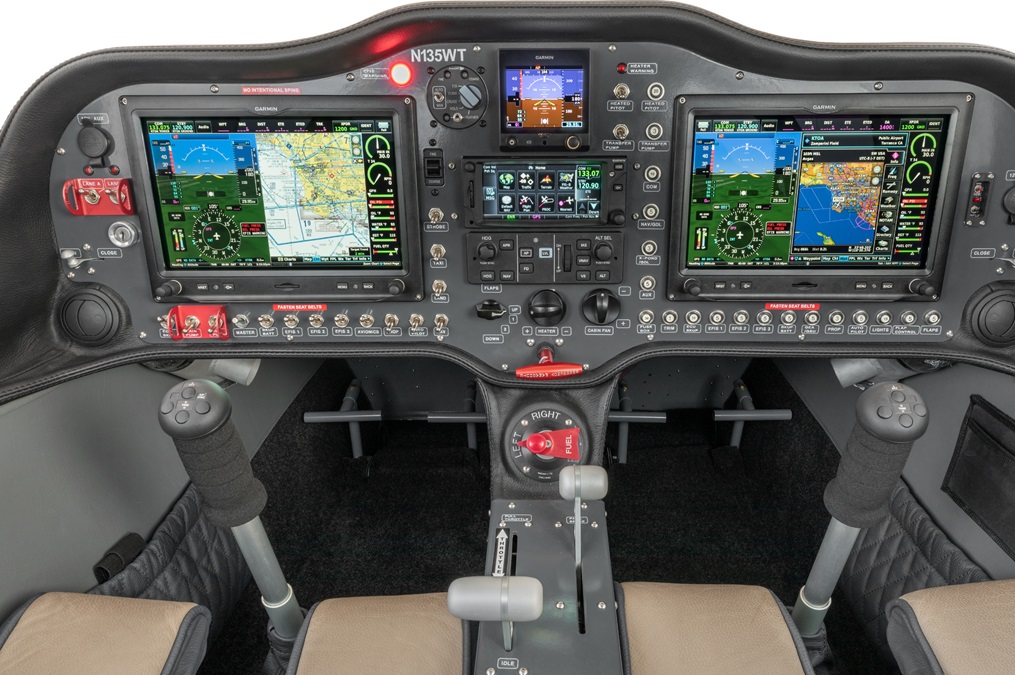
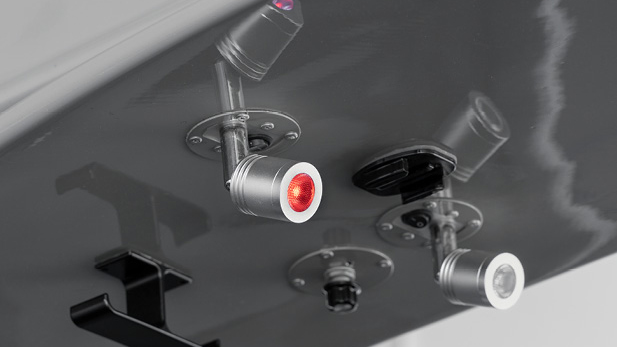
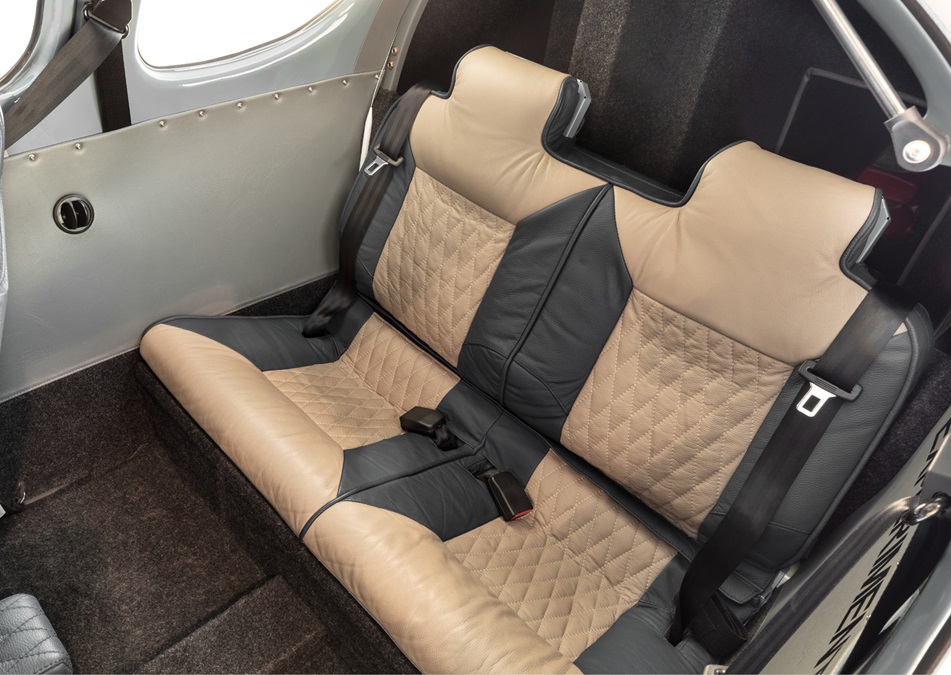
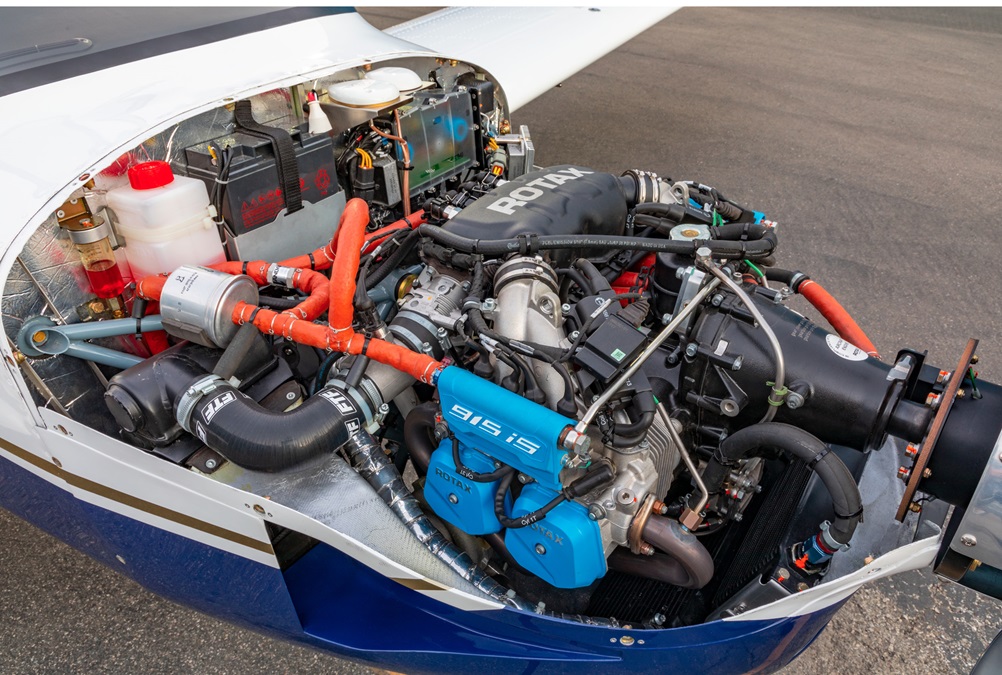
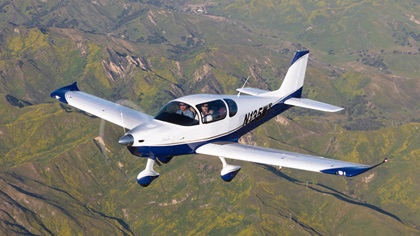 Going the distance
Going the distance

